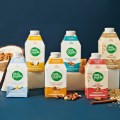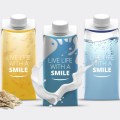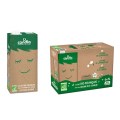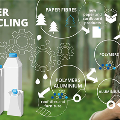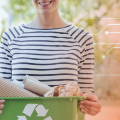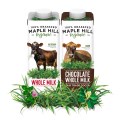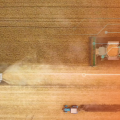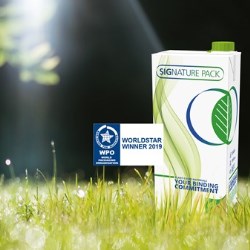If this is your company, CONTACT US to activate Packbase™ software to build your portal.
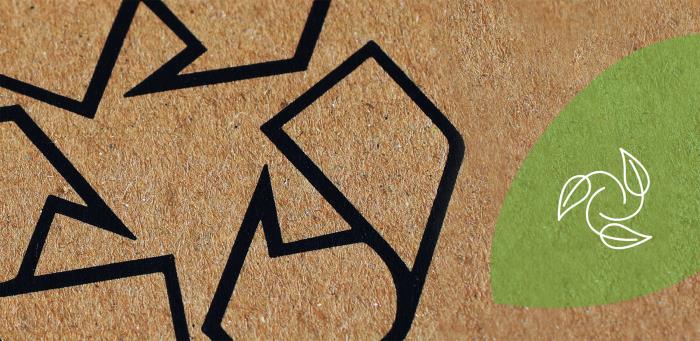

In part 1 of our recycling series, we dispelled the myth that beverage cartons can’t be recycled. Now, in part 2, we take a look at how cartons compare with other packaging when it comes to recycling
There’s a misperception that beverage cartons can’t be recycled as easily as other packaging because they are made from multiple layers of different materials – paper board, polymer and aluminium. But, as we saw in our previous blog post, beverage cartons are actually fully recyclable.
Reusing high-quality fibres from cartons
For consumers, recycling is perhaps the most tangible example of supporting the circular economy because it keeps materials in circulation to create new products. But it can only do this effectively if the recycled materials can be put to good use.
On average, beverage cartons are made from around 75% paper board and the recycled paper fibres recovered from used beverage cartons are very high quality. They are much longer and stronger than those produced from other recycled paper products.
This means they can be used to create high-quality paper and board products. Cardboard boxes that need to be strong enough to hold heavy items. Paper bags that need to hold contents securely. And tissue that needs to stay strong even when it’s wet.
Choosing recycled fibres from cartons enables manufacturers to offer customers high-quality products that demonstrate their commitment to the environment by using recycled, renewable materials. And, of course, the contribution to the circular economy does not stop there because the new products can be recycled again after use.
Building the market for PolyAl
The small amounts of polymers and aluminium (known as ‘PolyAl’) recovered from used cartons can also be recycled into useful products. Together, they create a robust material that can be used for things like roof tiles.
There are a growing number of innovative applications for recycled PolyAl from cartons, as we saw in our previous blog post. But demand for this composite material is still quite low. If there is no local market for polyAl, it can instead be used to generate energy and reduce the need for virgin fossil fuels.
If the polymer and aluminium are separated, the range of uses for these recycled materials becomes much greater. The aluminium can be used to create new products, such as car parts or coffee pots. And the polymer can be used for new plastic products, like agricultural film used to protect growing crops.
SIG is supporting the development of new infrastructure to increase the amount of polymer and aluminium that can be extracted separately for recycling into new products. Find out more in part four of our Rethinking Recycling blog series.
How do cartons compare?
There is a well established market for the high-quality recycled fibres that make up the majority of the materials recovered from used beverage cartons. And new infrastructure will increase recycling rates for the small amounts of polymer and aluminium.
So how does this compare with other types of recycled packaging?
SIG’s aseptic beverage cartons keep products like long-life UHT milk safe and nutritious over long periods of time without the need for refrigeration. So let’s see how they compare with the main alternative packaging for these type of products, plastic bottles.
Limited uses for recycled plastic UHT milk bottles
The plastic bottles used for UHT milk are not like the clear PET bottles used for water. They need to protect the milk from light so it will keep for several months out of the fridge. This means they need to be made from opaque or dark-coloured plastic (either HDPE or PET).
Uses for the recycled plastic produced from these bottles are limited to products such as pipes, dimpled sheets and carpets. Unlike clear PET from water bottles that can be recycled into new water bottles, it can’t be used to make new food-grade packaging. This is because the UHT milk bottles are often recycled together with other opaque or dark-coloured plastic bottles used for products like shampoo or cleaning fluids.
The Sustainable Packaging Coalition confirms there is little demand for this recycled coloured HDPE and PET. Even for new opaque or coloured products, it’s easier for manufacturers to use clear plastic and add their preferred colour.
There is also a risk that opaque PET bottles can contaminate the clear PET bottle recycling stream because they are hard to separate. Plastics Recyclers Europe has warned that this could have an adverse effect by making recycled clear PET unsuitable for food products too.
Cartons are the clear choice
So we’ve seen that beverage cartons are fully recyclable. And there’s much higher demand for the recycled materials recovered from cartons than from alternatives like UHT milk bottles.
Cartons also offer another significant advantage. Because they are made from mostly renewable material, beverage cartons have a much lower impact on the environment than plastic bottles regardless of whether they are recycled or not. Recycling is simply the cherry on top of an already very wholesome cake. Find out more in Part 3 of our Recycling Series.


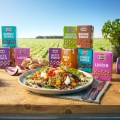
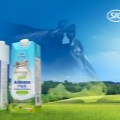
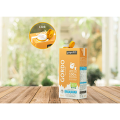
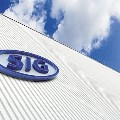
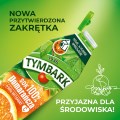
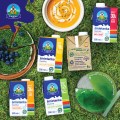
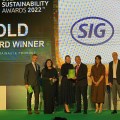
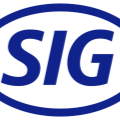


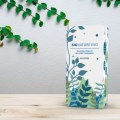
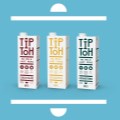
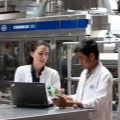
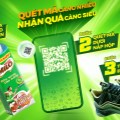
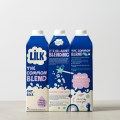
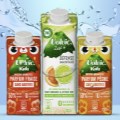
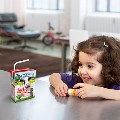
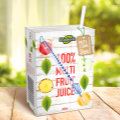
.jpg)
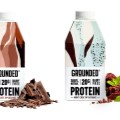
.jpg)

